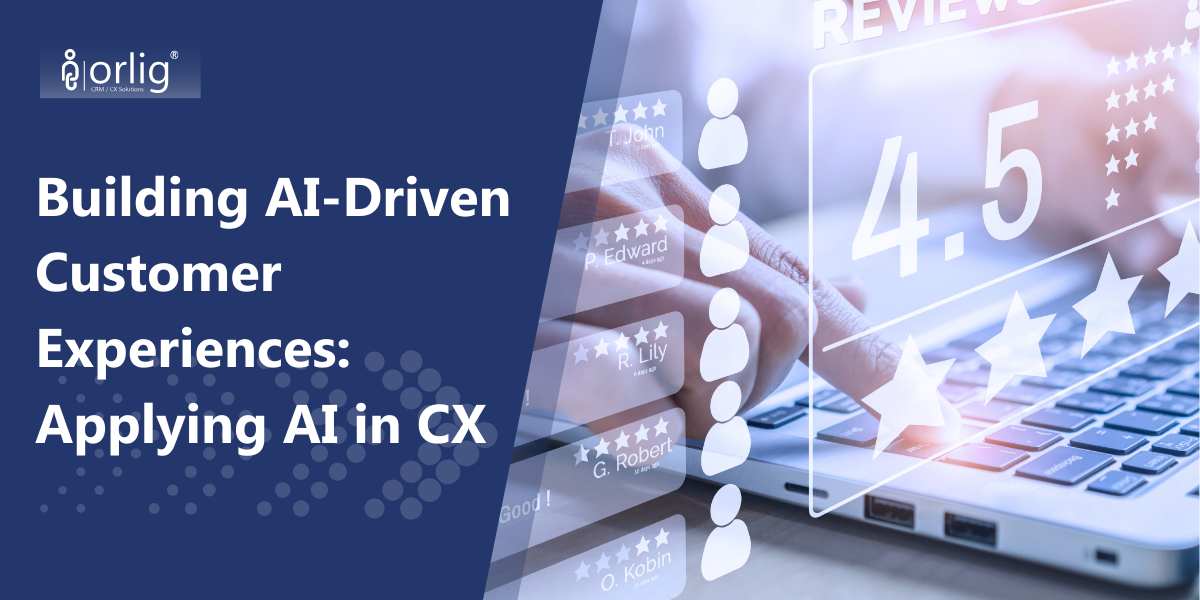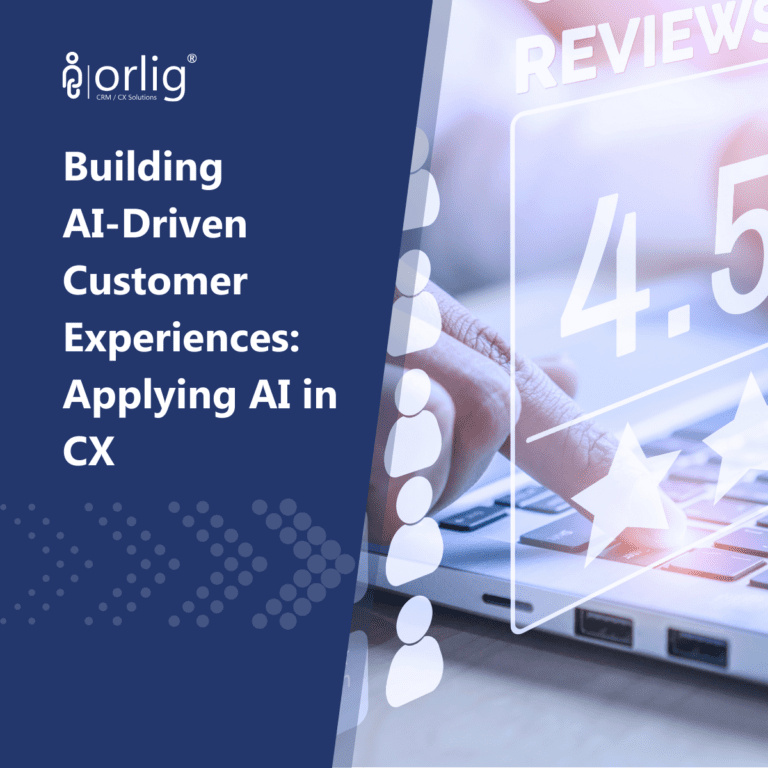
The application of artificial intelligence (AI) has reshaped a business’s interactions with its customers. It can significantly enhance various aspects of customer interactions and service delivery.

Common Types of AI
AI can be classified into various types based on their capabilities, functionalities and levels of sophistication. Some examples include:
Narrow AI
Narrow artificial intelligence (narrow AI is designed to perform a single task without human assistance. Any knowledge gained from that task will not automatically be applied to other tasks.
Narrow AI systems can be seen in hospitals. An AI system designed to identify cancerous cells through X-ray or ultrasounds images may spot cancerous mass in the photos faster and accurately than a trained radiologist.
Deep Learning
Deep learning is a subset of machine learning that uses DMM (Deep Neural Networks) to analyse large amounts of data more quickly and accurately. It is particularly successful in performing natural language processing and autonomous driving tasks.
To prevent fraudulent or criminal activity, law enforcement has trained deep learning algorithms to learn from transactional data to identify dangerous patterns.
By extracting patterns and evidence from sound and video recordings, images, and documents, speech recognition, computer vision, and other deep learning applications can improve the efficiency and effectiveness of investigative analysis
Artificial General Intelligence (AGI)
Artificial general intelligence (AGI) is a form of AI that can understand, learn, and apply knowledge across a wide range of tasks similar to humans.
It can be applied to broader use cases and incorporates cognitive flexibility, adaptability, and general problem-solving skills. However, this strong AI remains a theoretical concept as it has not yet been achieved.
The Application of AI in CX
Virtual Assistants & Chatbots
AI-powered virtual assistants and chatbots handle common customer queries, provide product information, assist with order tracking, and escalate complex issues to human agents when necessary.
Popular virtual assistants include Amazon Alexa, Apple Siri, Google Assistant and Microsoft Cortana.
While AI-powered chatbots and virtual assistants are commonly used interchangeably, they are two different concepts. Chatbots are typically text-based, interacting with customers through written messages. In contrast, virtual assistants are more versatile and often capable of text and voice interactions.
- AI chatbots – Computer programs that act as virtual assistants and interact with users using text-based interfaces. They assist clients, react to requests, or initiate discussions with them. AI chatbots use natural language processing (NLP) and machine learning (ML) algorithms to interpret user input, generate relevant responses, and improve performance over time.
- AI virtual assistants – Advanced virtual assistants that can perform various tasks across numerous devices and platforms. Through voice-based interactions, they regularly have conversations with users in natural language. AI virtual assistants integrate with multiple services and applications, allowing users to access information instantly, control smart home equipment, and manage schedules. AI virtual assistants include Apple Siri and Amazon Alexa.
Sentiment Analysis
Sentiment Analysis uses AI algorithms to analyse customer feedback and reviews to gain insights into customer opinions, emotions and attitudes. It analyses large volumes of text to determine whether it expresses a positive, negative, or neutral sentiment.
Businesses can analyse customer feedback from various channels, such as social media, online reviews, and customer surveys, to identify areas for improvement and address customer concerns.
Voice Recognition
Voice recognition is the ability of a machine or program to receive and interpret dictation or to understand and perform spoken commands. This enables customers to interact with businesses using natural language voice commands, improving the overall user experience.
The system lets consumers interact with technology simply by speaking to it, enabling hands-free requests, reminders and other simple tasks. Voice recognition can identify and distinguish voices using automatic speech recognition (ASR) software programs. Some ASR programs require users to train the program to recognise their voice for a more accurate speech-to-text conversion.
Will AI Replace Human Agents?
Since implementing AI into CX, the debate has sparked about whether AI will replace human agents. It is essential that while a business’s overall operations have been made easier with AI solutions, human agents still need to handle tasks that require empathy, emotional intelligence, complex reasoning, and critical thinking skills.
Conclusion
In conclusion, integrating artificial intelligence (AI) into customer experience (CX) has undoubtedly revolutionised how businesses interact with their customers. The collaboration between AI and human agents is key to delivering exceptional CX in the digital age.



